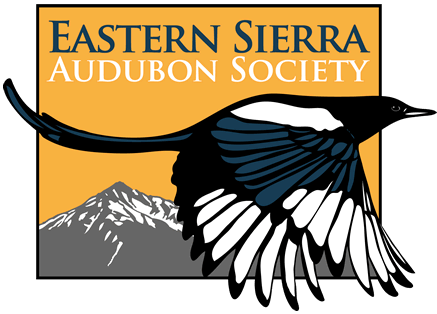The energy output required of birds to molt, migrate and mate is so great that these events usually do not occur simultaneously. A bird’s year is spent balancing the energy needs so that these events do not interfere with each other. It is no surprise that birds have developed a variety of strategies in order to balance a year’s cycle.
Breeding results in a great deal of wear and tear on feathers. Repeatedly entering and exiting trees, bushes, rocks, etc., causes friction that wears away the edges and generally roughs up the surface of feathers. Singing from exposed perches increases the amount of insolation hitting the feathers causing them to bleach and breakdown chemically. By the end of the breeding season both body and flight feathers are badly worn and in need of replacement.
Birds migrate primarily to utilize different habitats and the foods associated with them. It is critical that food is abundant when the extra demands of feeding young occur. Migration may be short, such as with those that go from southern CA and Mexico to Canada or Alaska, or extremely long, as with those who fly from southern South America to northern North America. The energy needs during these biannual journeys are huge and none is left over to spend forming feathers, therefore, a bird must have plumage that is in good shape before undergoing migration.
Because creating new feathers places a big demand on the energy budget of birds, the need to molt has to be fitted around the energy needs of migration and breeding. Almost all species have a complete or nearly complete molt usually after breeding. One strategy is to molt on the breeding grounds (e.g. Lesser Nighthawk, most passerines, Baltimore Oriole, and the eastern Painted Bunting). Another strategy is to have a partial molt on the breeding grounds, then migrate and on reaching the winter grounds finish molting (e.g. shorebirds and terns). Yet another strategy is to begin migration without first molting, stop at feeding sites to molt, either partially or completely, and then continue to the winter grounds where the molt is finished, if necessary (e.g. Common Nighthawk, some passerines, Bullock’s Oriole, and western Painted Bunting).
Most species maintain the same plumage throughout the year, although not the same feathers as discussed above. This is the basic plumage (formerly winter plumage), which in most species looks the same throughout the year (e.g. hawks, doves, owls, swifts, flycatchers, woodpeckers, swallows, shrikes, jays, crows, ravens, wrens, thrushes, thrashers, towhees, sparrows, blackbirds, and some warblers, etc.). A few species maintain the basic plumage throughout the year but wear results in a very different look (e.g. dickcissel, bobolink, finches, longspurs). When their basic plumage becomes worn, it produces a more colorful plumage because the dull colored edges of brightly colored feathers wear off revealing the hidden color. Because it is the same generation of feathers, this is not an alternate plumage even though some authors call it that. A minority of species adds another generation of feathers called the alternate plumage (formerly breeding plumage). This produces fancy looking ducks, shorebirds, tanagers and some warblers plus others.
It is especially useful to understand the different molt strategies of different species, as this is a critical criterion in separating some otherwise difficult species. It also helps in filling in the blanks between the plumages shown in field guides, as none show all plumages of all species. In addition, it helps in understanding the age and/or sex of a bird, which may also be a clue in determining the species. In other words, if you work at understanding molt and its impact on the appearance of a bird you will become a much better birder and will make far fewer identification mistakes.
Tags: blackbird, crow, dove, duck, finch, flycatcher, hawk, longspur, oriole, owl, raven, sparrow, thrasher, thrush, warbler, wren
